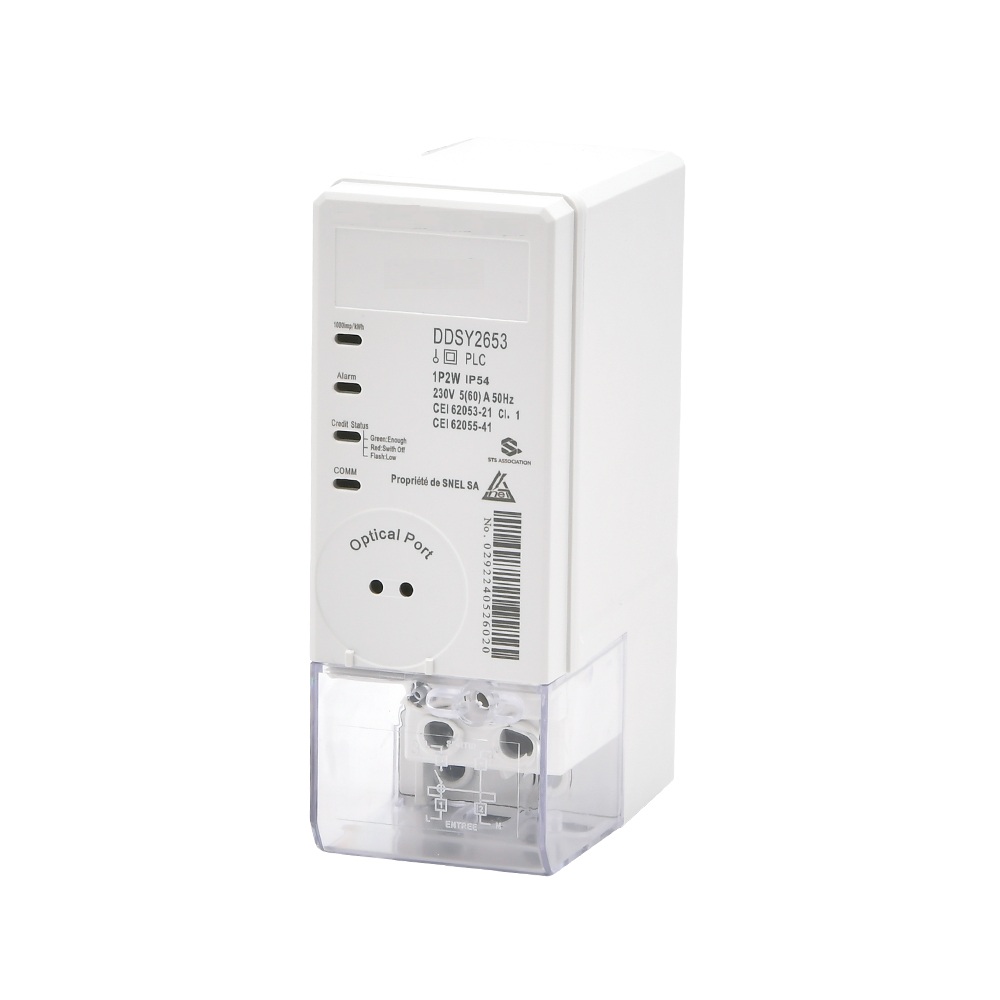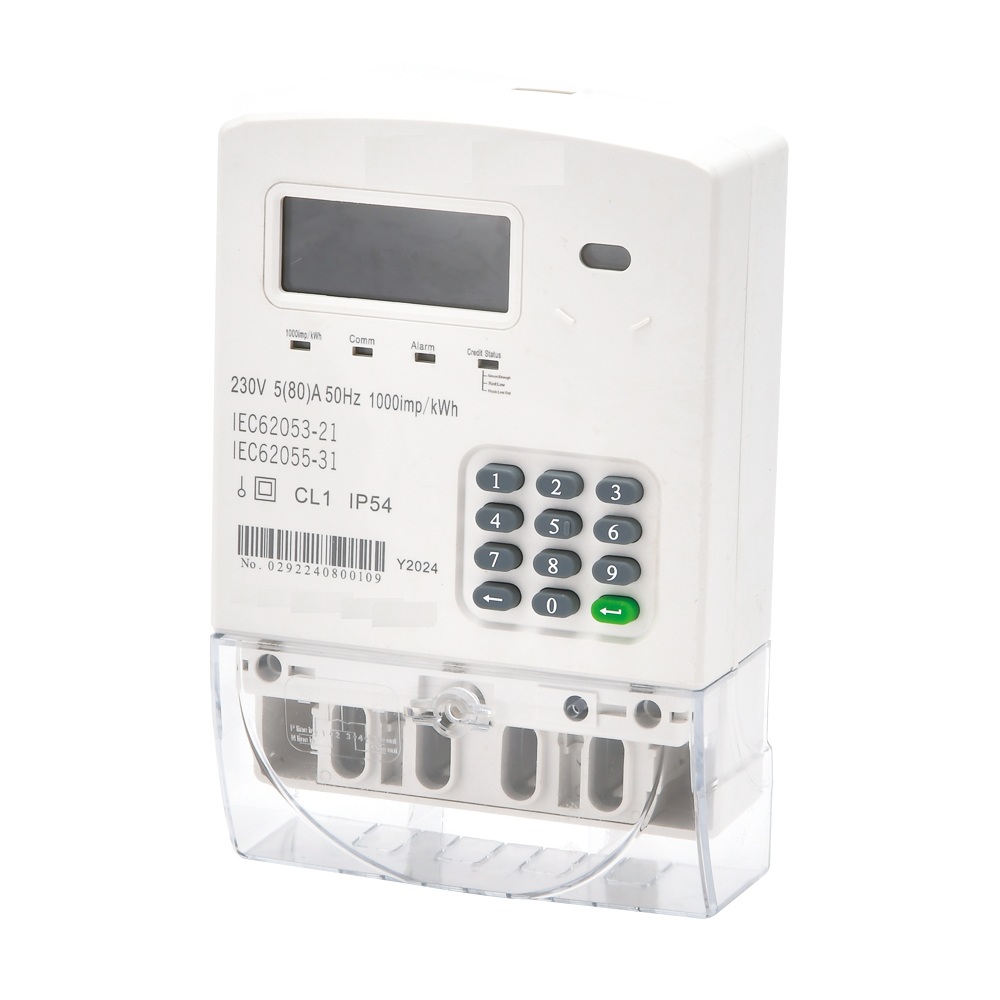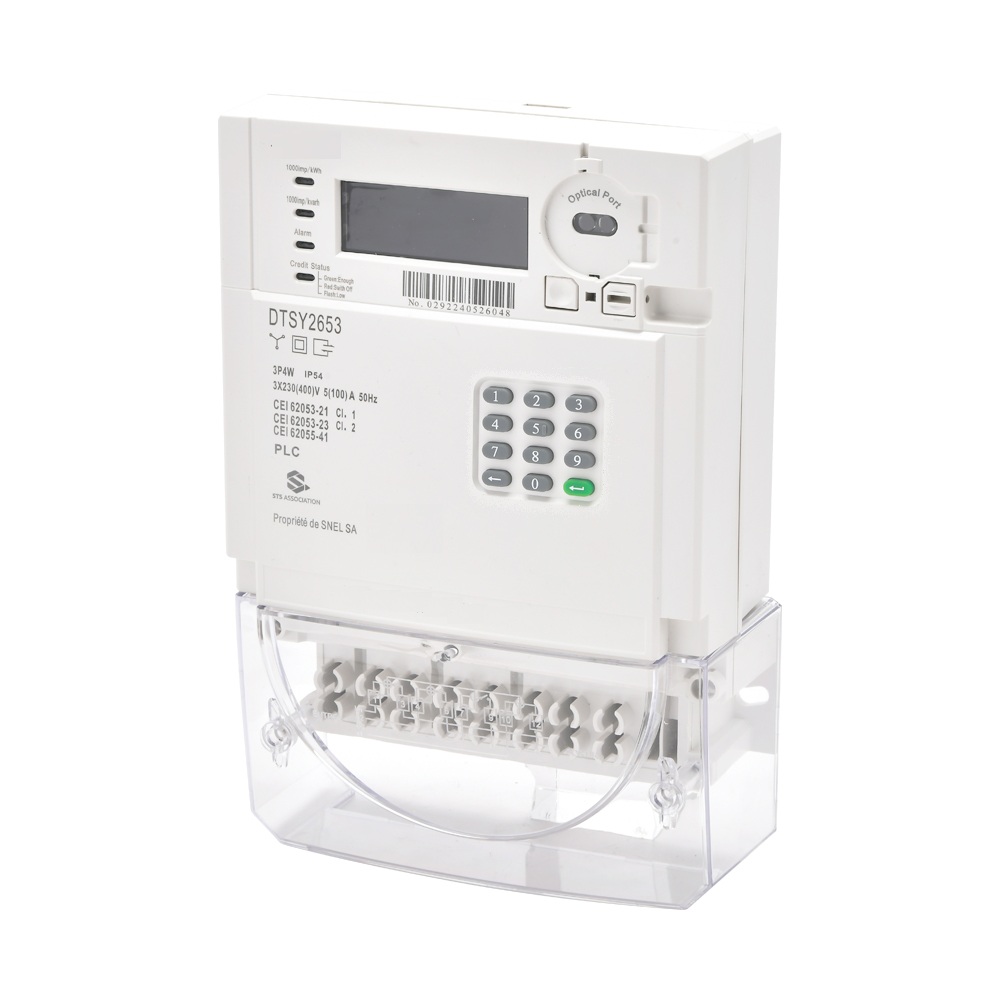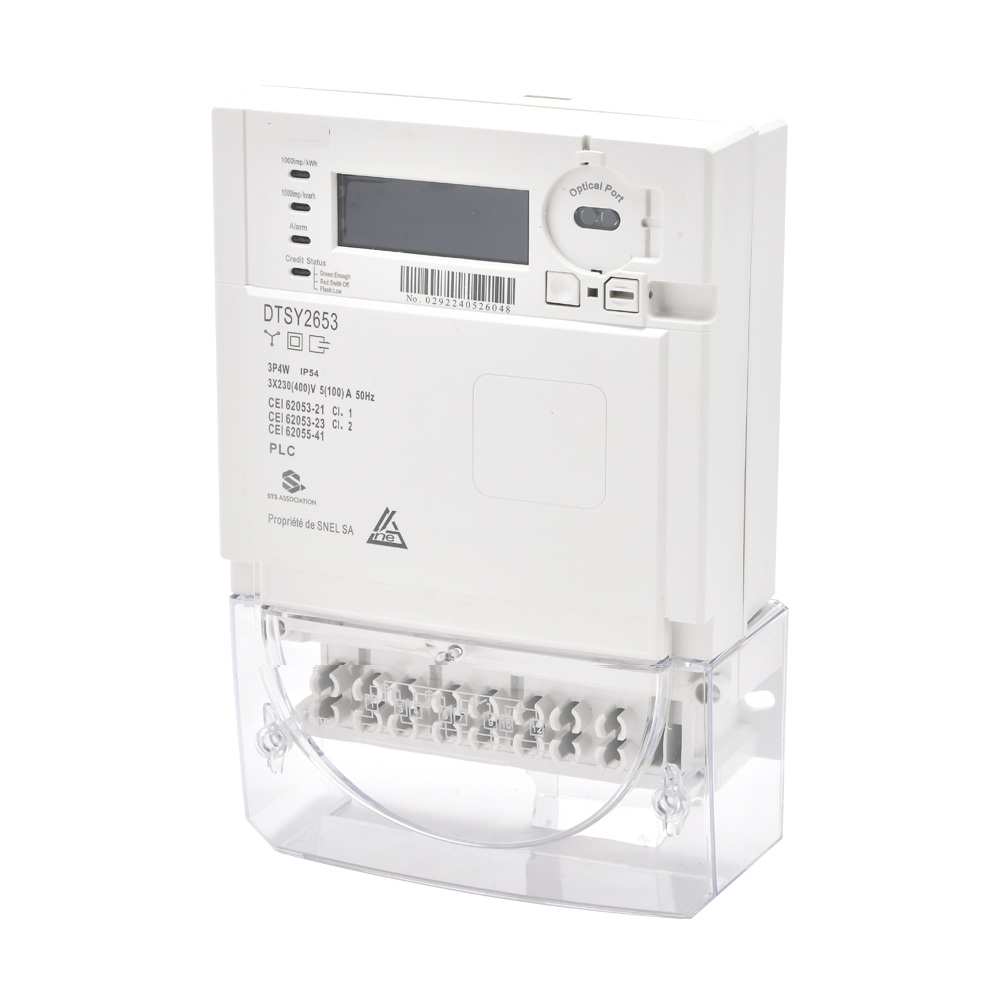How to implement tiered billing for three-phase four wire cost control electricity meters?
Publish Time: Author: Site Editor Visit: 588
1、 Parameter configuration and issuance of tiered electricity pricing
Parameter content: The power supply company issues tiered electricity pricing parameters (such as tiered thresholds, various tiered electricity prices) and billing models (single rate/tiered billing) to the electricity meter through the electricity information collection system. For example, setting up two tiered electricity pricing schemes that support automatic switching between 6 tiered settlement days, achieving tiered billing on a monthly or yearly basis.
Communication interface: The electricity meter has interfaces such as RS485, infrared communication, carrier communication, or 4G/NB IoT to ensure accurate transmission of parameters to the device end and ensure the accuracy of implementing tiered electricity pricing.
2、 Real time data collection and processing
Multi dimensional data collection: The electricity meter converts three-phase voltage (A, B, C) and current signals to real-time collect parameters such as voltage, current, and power, and calculates energy consumption using the power integration method.
Dynamic rate matching: Based on the real-time electricity consumption of users, the electricity meter automatically matches the corresponding tiered electricity price range. For example, when the electricity consumption exceeds the first level threshold, it automatically switches to the second level of electricity pricing billing.
3、 Localized tiered billing execution
Pre stored electricity fee deduction: The electricity meter has a built-in cost control function, which automatically deducts fees from users' pre stored electricity fees according to the tiered electricity pricing rules, achieving a "buy electricity first, use electricity later" mode.
Segmented metering of electricity: The electricity meter can separately calculate the electricity consumption of each step, and display positive and negative active electricity, voltage, current and other data through the LCD screen to ensure transparent billing.
4、 System collaboration and exception handling
Step difference electricity fee synchronization: When the user's electricity consumption crosses levels, the electricity meter and marketing business system synchronize the step difference electricity fee to avoid the user's recharge amount not matching the balance on the balance sheet.
Event recording and anti-theft electricity: The electric meter has a lid opening recording function, which can trace illegal operation behaviors, and supports event recording and remote monitoring to improve electricity safety.



